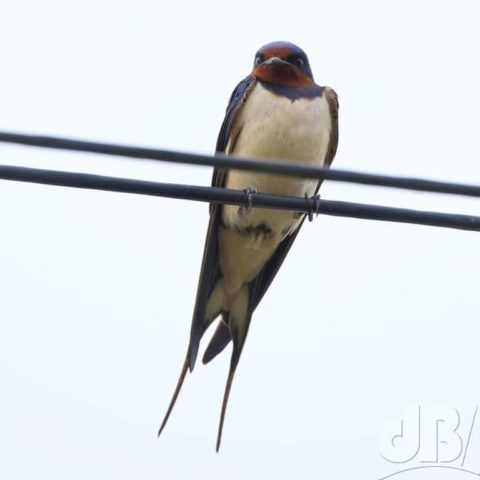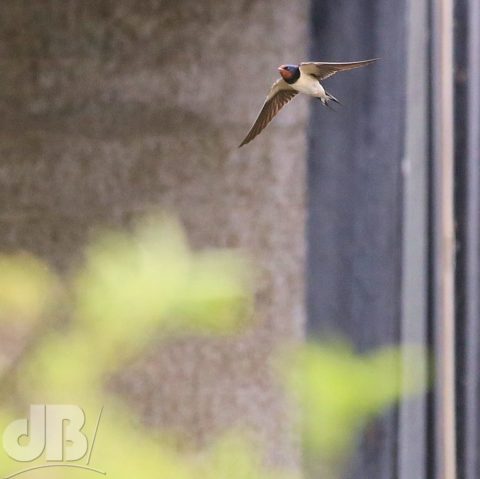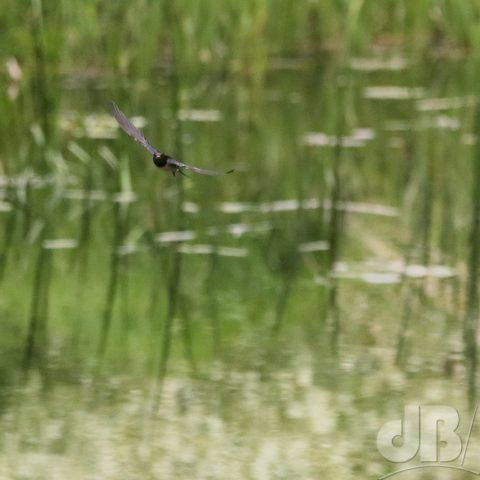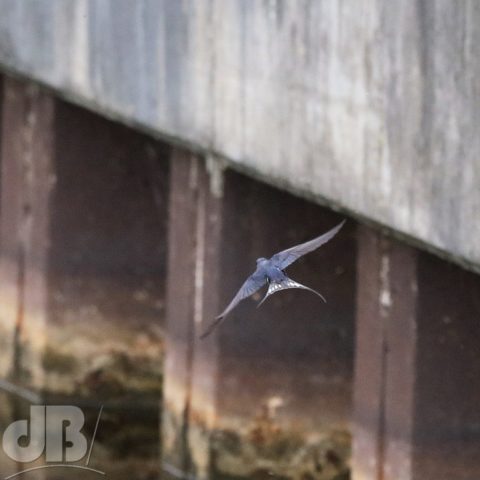Life on the Fen Edge
— With Sir David Attenbradley –
from the BBC, the British Bradcasting Corporation
EPISODE 1: I HEARD A MURMUR
EPISODE 2: GOLDFINCH DYNASTY
EPISODE 3: YOUNG PEOPLE’S BEAT COMBO
EPISODE 4: CUMULUS
36.2055 years in science communication
Taking a flight of fancy with our feathered friends
Life on the Fen Edge
— With Sir David Attenbradley –
from the BBC, the British Bradcasting Corporation
EPISODE 1: I HEARD A MURMUR
EPISODE 2: GOLDFINCH DYNASTY
EPISODE 3: YOUNG PEOPLE’S BEAT COMBO
EPISODE 4: CUMULUS
Had a short visit, via a circuitous A14 diversion to Grafham Water reservoir while the sun was shining, drove home in the rain. Intriguingly, there was a warning sign about not swimming and needed higher-spec buoyancy aids because the water is aerated and so, presumably, of lower, less buoyant density than normal water. Anyway, a few photos. Not of the sign.
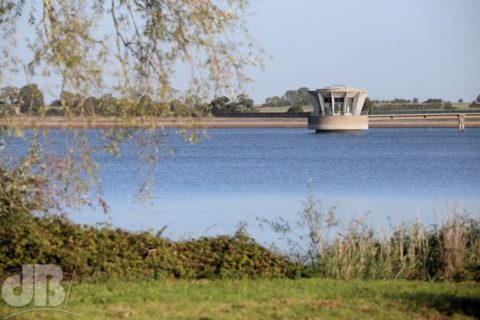
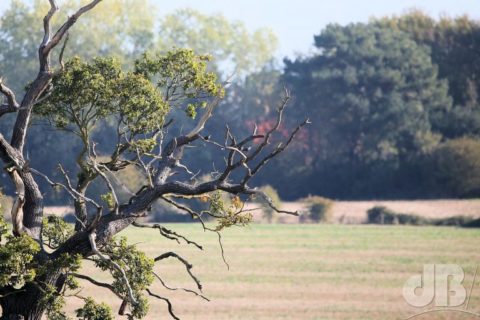
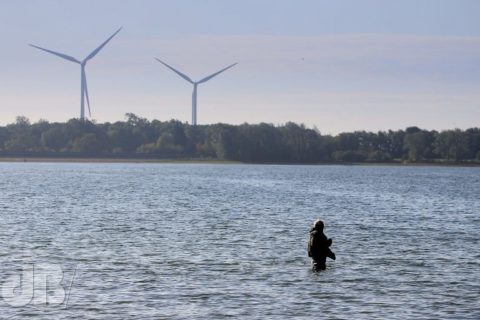
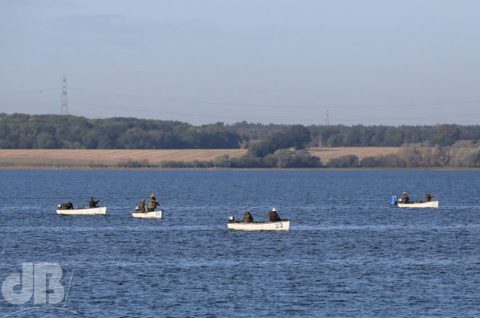
Birdlife ticked on the morning; Tufted Duck, Great Black-backed Gull, Greylag Goose, Mandarin, Shelduck, Linnet, Robin, Wren, Starling, Stonechat, Meadow Pippet, Yellowhammer, Redwing, Goldfinch, Blackbird, Jackdaw, Rook, Mute Swan, Common Buzzard (9 together!), Pied Wagtail, Kestrel, Red Kite, House Sparrow, Blue Tit, Great Tit, Cormorant…Swallows (two, still actively feeding/drinking!)
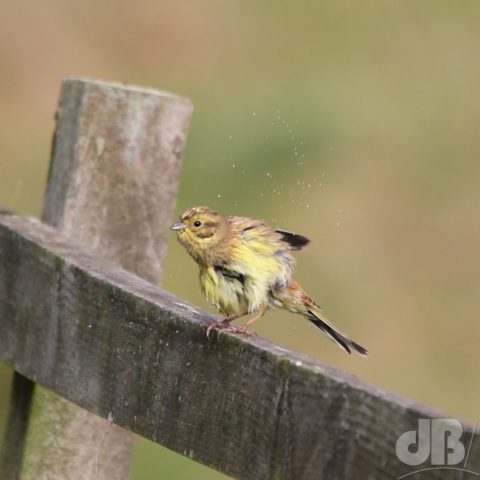
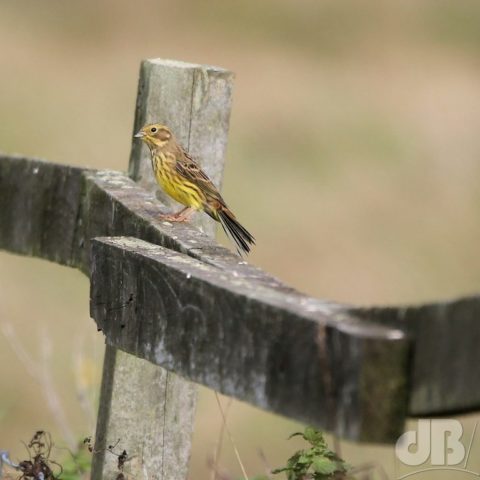
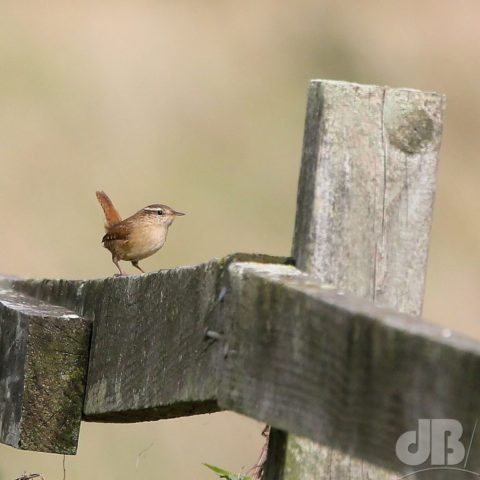
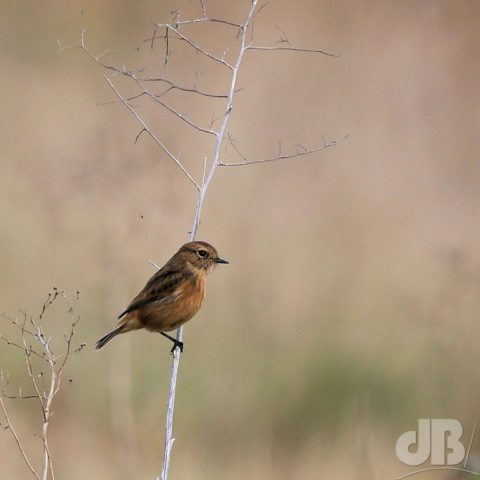
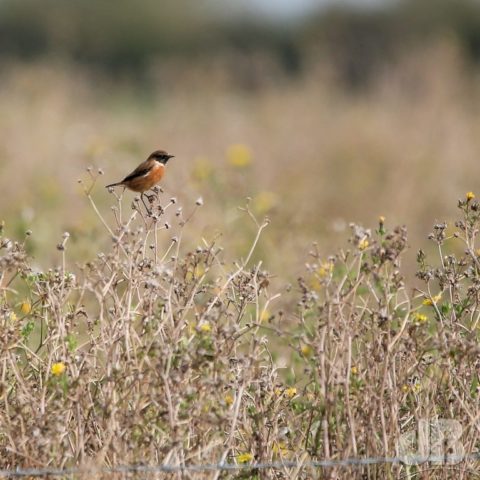
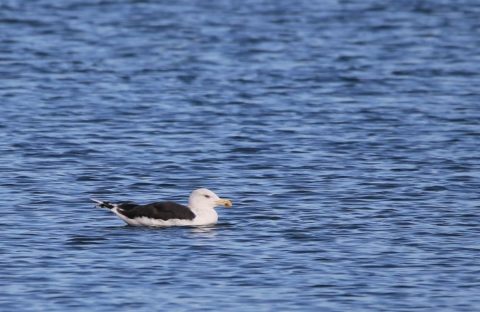
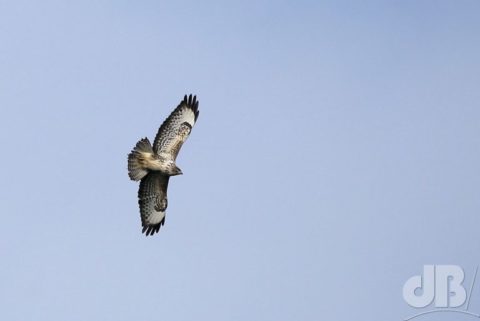
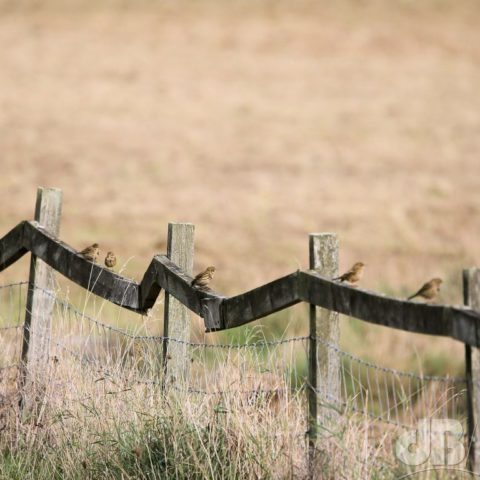
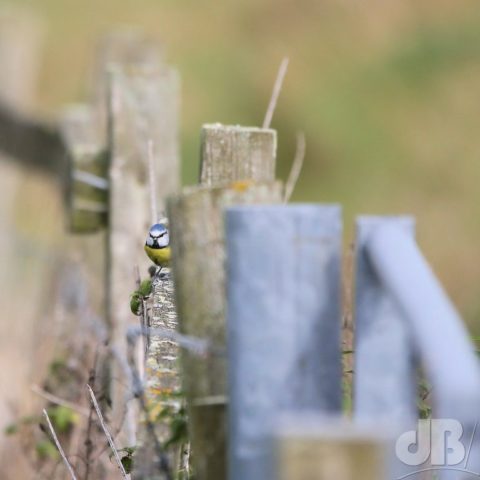
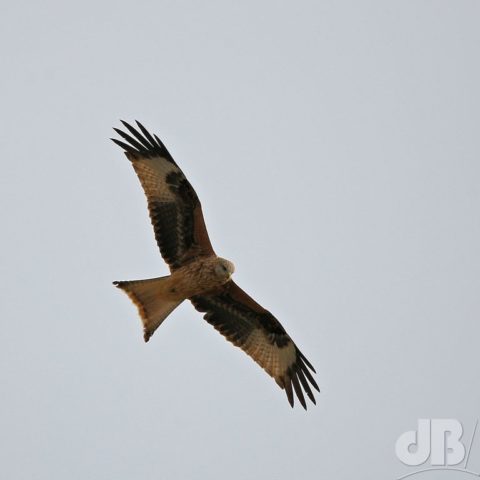
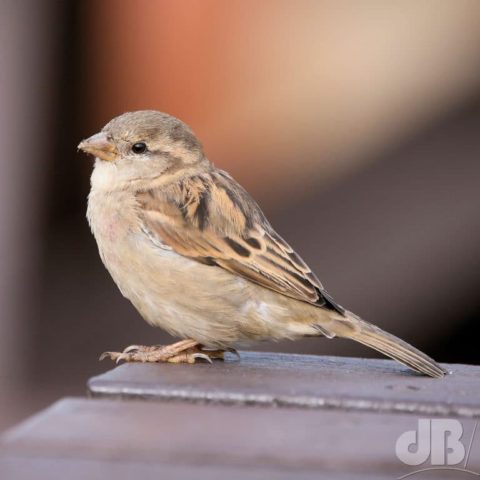
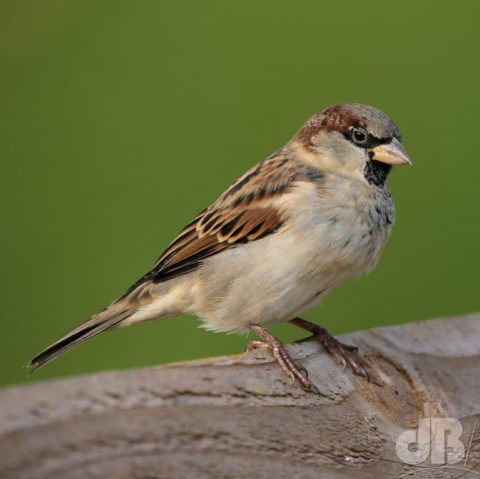
Three species of butterfly: Small Tortoiseshell, European Peacock, Large White.
The White Stork, Ciconia ciconia, is a scientific tautonym, its binomial being duplicated to indicate that ciconia is the “type”, the archetype, of the family Ciconia. This is the bird of birth myth, the one that bears the infant baby to the homes of expectant parents. Perhaps the myth arose because they build great nests of straw on chimneys in the summer.
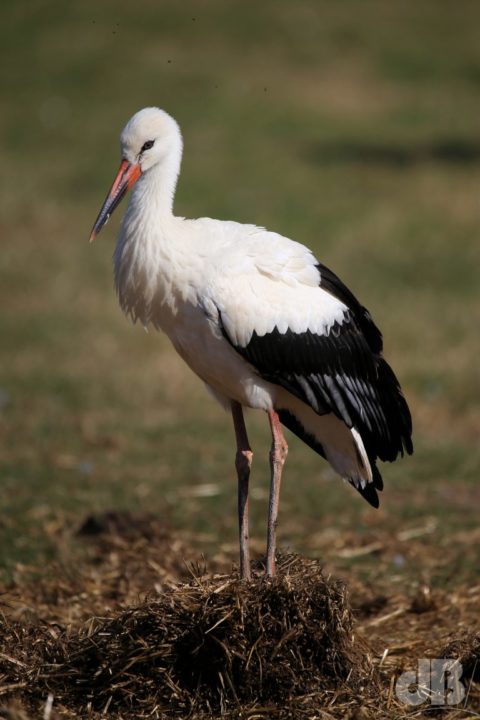
Anyway, the White Stork is rarely seen in The British Isles. You might see them nesting on rooftops in Germany, Poland, Finland, and beyond. They are relatively common across Europe and not of conservation concern, wintering in southern Africa and breeding far and wide into Europe and Asia. They need thermals to soar and so cross from Africa via the Straits of Gibraltar and “The Levant” rather than attempting to navigate the Mediterranean Sea, which obviously doesn’t produce the thermals they need.
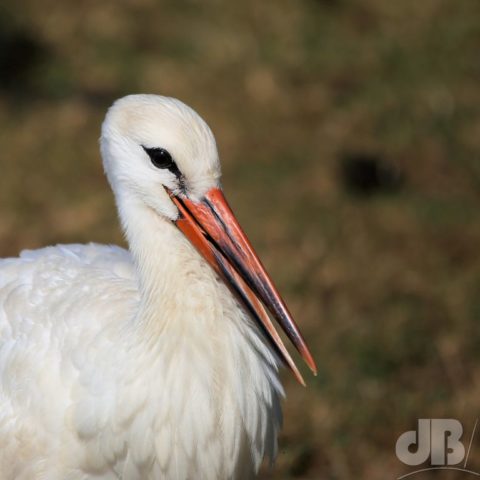
There was much excitement among Cambridgeshire birders when a ringed bird was spotted at a couple of RSPB sites, Ouse Fen and Fen Drayton, in April 2018 and another (the same one?) sighted in various places across the county in early 2019.
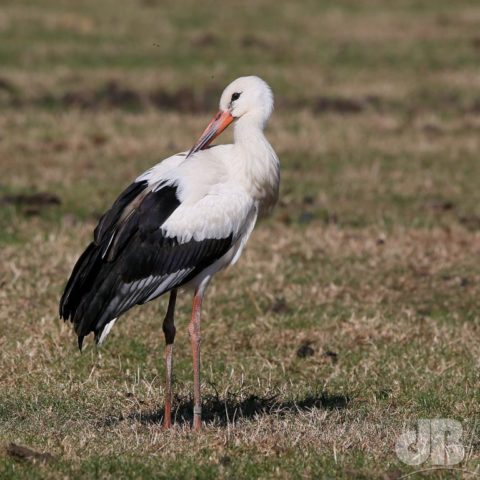
There is a small flock of captive, ringed White Storks at Johnson’s Farm in Old Hurst, the farm with the crocodiles. My photos on this blog post were all snapped at the farm on Talk Like a Pirate Day 2019. Aharrgh.
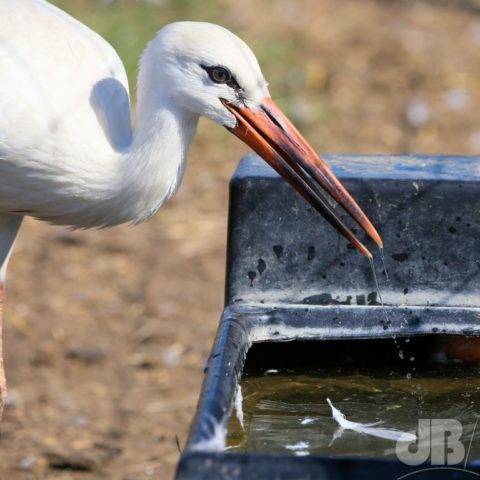
Kittiwakes live on the tidal river Tyne as far inland as my hometown, Newcastle itself. In fact, this is the farthest inland-dwelling colony of this small gull, known internationally as the black-legged kittiwake (Rissa tridactyla) anywhere in the world.
We were in Newcastle for a university graduation ceremony in July, so it seemed somewhat churlish not to get photos of the seabirds in between family photos of us and the graduate and the great city itself. As Stephen Rutt points out in his excellent book The Seafarers, nobody has figured out why these Kittiwakes have come so far inland.

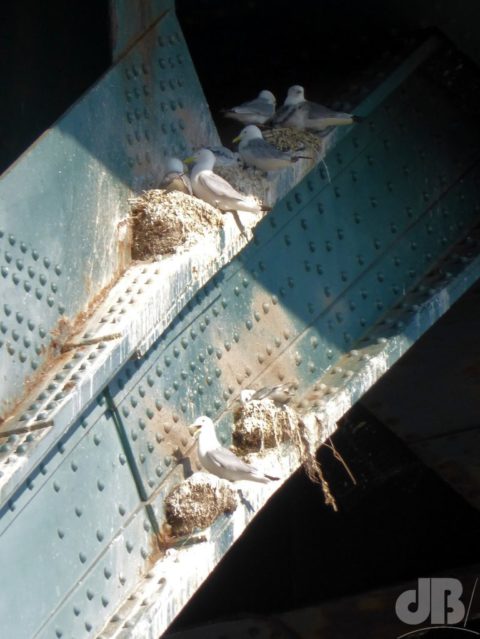

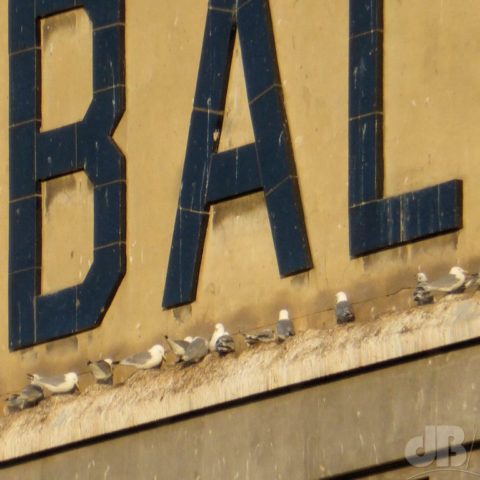


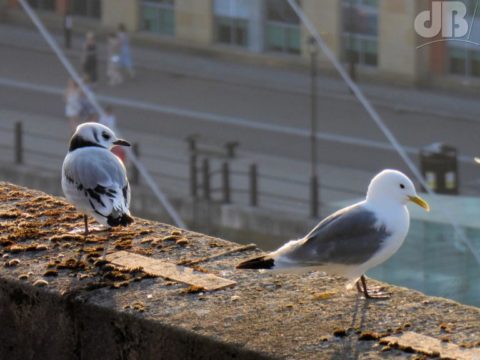
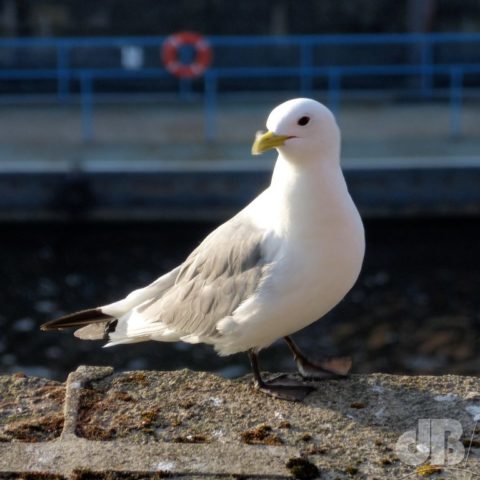
It doesn’t seem like five minutes that I was itching to get started photographing the summer migrant bird species. But, it was April that I saw my first Swallow of 2019, House Martins, had been around a few days at that point, and the Swifts came quite a bit later.
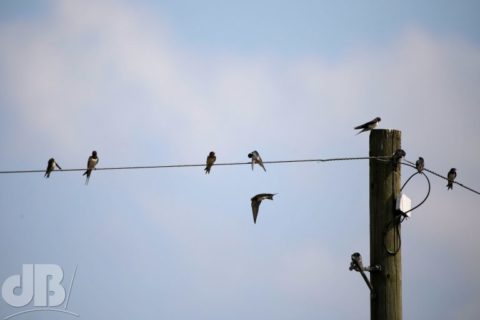 I went looking for the local Turtle Doves today, which were still turring last weekend somewhere in the trees along the recently opened bridleway between Fen Bridge Farm and the Les King Wood, in Cottenham, VC29. I didn’t hear nor see them this time. Maybe they’ve already started their journey back to southern Africa, the Cuckoos are long gone, after all, although Reed Warblers are still chattering in the Balancing Pond and along Cottenham Lode.
I went looking for the local Turtle Doves today, which were still turring last weekend somewhere in the trees along the recently opened bridleway between Fen Bridge Farm and the Les King Wood, in Cottenham, VC29. I didn’t hear nor see them this time. Maybe they’ve already started their journey back to southern Africa, the Cuckoos are long gone, after all, although Reed Warblers are still chattering in the Balancing Pond and along Cottenham Lode.
The Swallows on the barn at Broad Lane seem to be gathering together on the overhead wires, lots of youngsters perhaps wondering why. There were about fifty on one wire and a dozen or so on the barn roof. Will they soon be gone? It’s only mid-July and the Painted Ladies forecast a hot, dry summer to come and abundance of their thistle-eating caterpillars (#AllotmentLife). Indeed, the Swallows were still here at the end of August 2018, but it was an exceptionally hot and dry summer that seemed to start in May and carry on through to September with little respite. Who knows? When they’re gone, they’re gone.
I mentioned the so-called June Gap in butterfly activity between Spring and Summer. It’s a bit of #DeceivedWisdom really, there is such huge overlap between species we usually consider to be Spring species and those of the height of Summer that generally emerge in July. Today, I saw lots of Skippers (Large and Small), Whites, (Small and Large) Small Tortoiseshell (no Large), Painted Lady, Peacock, Meadow Brown, Small Heath, Gatekeeper, and new to my photo gallery Marbled White (Melanargia galathea, Linnaeus, 1758). UPDATE: June 2022 – I’ve seen a lot of Marbled Whites in various places since I first ticked the species and photographed it for Sciencebase, even added it to the garden list in June 2022.
It’s been a while since I mentioned #PondLife. There doesn’t seem to have been any repercussions of last week’s tapwater overkill, overspill. The water is still lovely and clear, the snails seem to be thriving and today I saw a pair of Ruddy Darter dragonflies mating on the wing over and around the water as well as at least one Common Blue damselfly (again). It is becoming a little bit of what I hoped for.
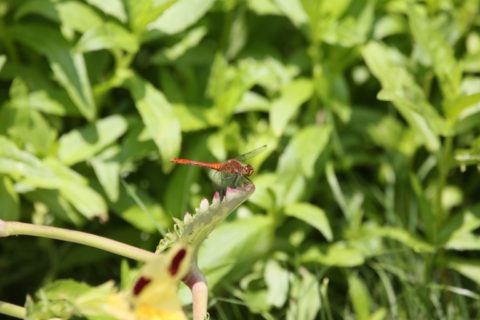
Mrs Sciencebase and I visited our peripatetic holiday house* to High Sands Creek campsite in Stiffkey, Norfolk, this weekend, turned out to be the hottest weekend of the year so far. Lots and lots of rather worn looking Painted Lady butterflies during the day and Silver Y pollinating the wildflowers at dusk.
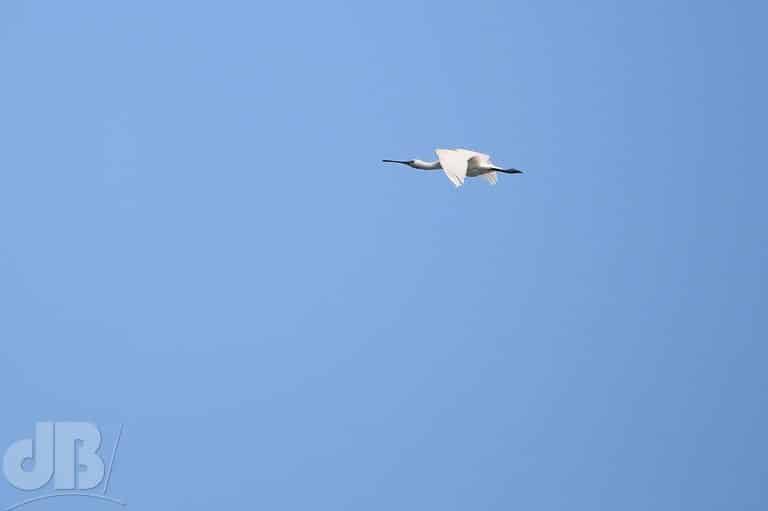
A long, hot walk to Wells-next-the-Sea from the campsite was peppered with the usual seabird suspects of summer in this area – Oystercatcher, Curlew, Red Shank – and quite a few warblers in the trees along the footpath. It’s quite a hike from the east end of Wells to the pine-backed beaches of golden sand and beach huts to the west. The aroma of the pine and the heat of the day might make the somnambulant visitor imagine dreamily that they are on a Mediterranean island. It is quite beautiful and one of the many reasons we make return visits to this part of the world and have done so for almost thirty years.
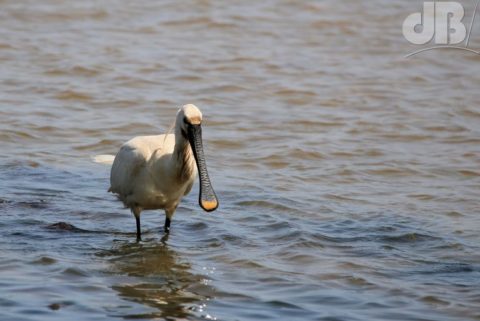 Anyway, we had at various points along the hike seen what we thought were large, odd-looking herons overhead. It was only on seeing one wading and feeding along the shore of the inlet, East Fleet, that we realised that what we had been watching were Spoonbills (Platalea leucorodia).
Anyway, we had at various points along the hike seen what we thought were large, odd-looking herons overhead. It was only on seeing one wading and feeding along the shore of the inlet, East Fleet, that we realised that what we had been watching were Spoonbills (Platalea leucorodia).
There are a few of the birds at Holkham, further west around the coast, perhaps one might describe it as a breeding colony and ironically enough they were spotted at Stiffkey Fen a couple of days before our arrival. The “spoon” shaped bill of this bird, Mrs Sciencebase remarked is quite something, but perhaps a more apt name would The Spatula-billed Heron.
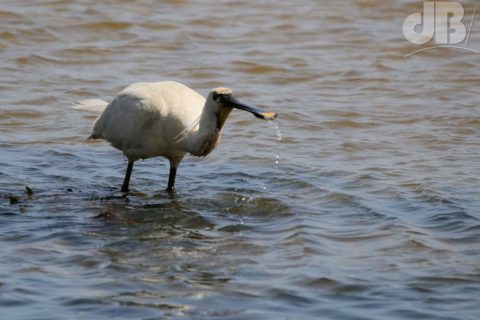
Sadly, this species is of European conservation concern and is actually only a rare breeding bird in the UK. It is thought there are only up to 4 breeding pairs in the UK. That said, on a fairly recent visit to RSPB Minsmere we caught a glimpse of around 30 Spoonbills (out of breeding season some of them arrive here to over-winter). I’ve seen two previously at RSPB North Warren on the northern outskirts of Aldeburgh, Suffolk.
But, on this more recent coastal trip to North Norfolk we may have seen a total of half a dozen, with one or two spotted in flight at different times over the weekend and the individual above I photographed in Wells-next-the-Sea.
Amazingly, only one other person in the town walking along the East Fleet seemed to notice the bird, he ran down to get a photo with his phone shouting about it being a “dessert spoonbill” to his friends and, of course, he spooked it and it took flight…which did give me an opportunity to snap it in flight much closer.
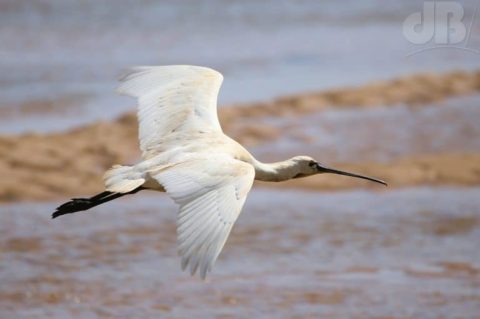
*Our tent.
The biannual Fen Edge Festival took place midsummer weekend 21-23rd June 2019. As ever, exciting but exhausting with lots of music and other events, stalls, etc. I side-stepped being an official photographer this year in favour of doing a bit more “musical” performance, but I still managed to get a few photos of the birds that The Raptor Foundation had brought along.
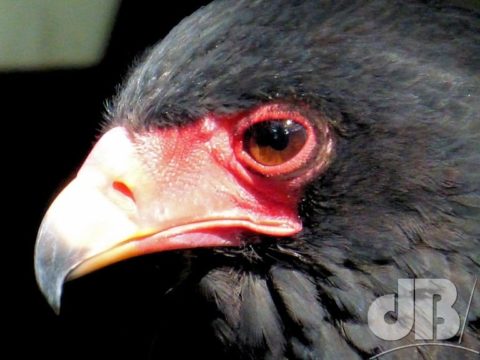
The Bataleur Eagle (Terathopius ecaudatus) is one of Africa’s snake-eating eagles. It’s a medium-sized eagle but up close and personal looks quite huge. Mainly black with distinctive white on the underside of its enormous wings. More distinctive still are its red face and feet. These are brightest when the bird is comfortable and happy, but it can withdraw the blood from these parts of its body when agitated leaving the face and feet yellow. This is presumably an adaptation that protects it from a snakebite. The blood being withdrawn from vulnerable exposed parts that might sucumb to venom.
The Bataleur that the team brought to FEF19 was a female called Captain Scarlet. The bird has a foreshortened tail which is an adaptation that allows it to walk backwards on the ground. This it does when hunting snakes. A snake will perceive another animal backing away as being vulnerable and likely prey.
The eagle backs away enticing in the snake and by this time it will have withdrawn the blood from its face and feet. It will strike the snake with its talons but if the snake tries to retaliate by biting the bird before its demise, there is no blood in the vulnerable extremities to carry the snake’s venom into the bird’s system. Once it has dispatched, the snake, the bird will eat it and in the meantime, the blood will flood back into its face and feet pushing out any venom through the puncture wounds!
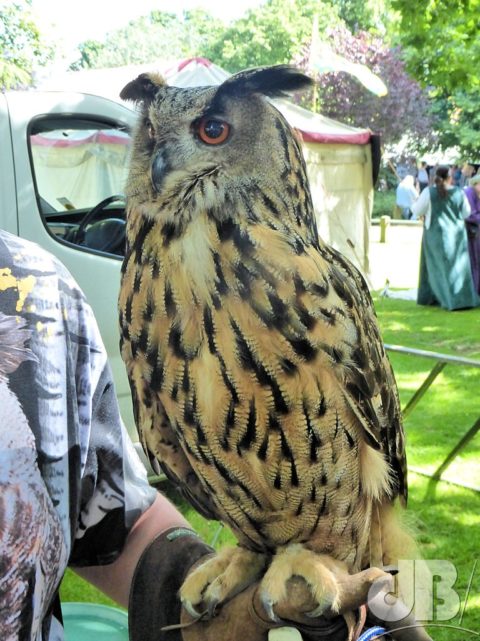
The Raptor Foundation also brought along a European Eagle Owl (Bubo bubo) called Klunk. Its scientific name is one of those tautonyms I keep mentioning. The double of the scientific name like this means this species is the archetype, the type, of the family.
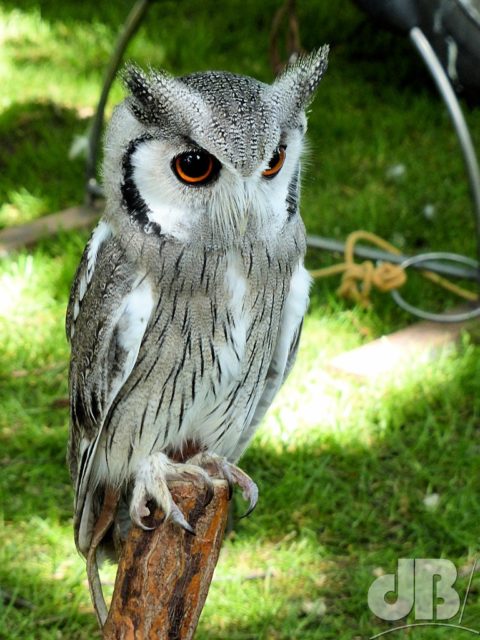
They brought with them a tiny Southern White-faced Owl (Ptilopsis granti) from Southern Africa, called, ironically, Goliath. Mrs Sciencebase and myself certainly heard this species in Botswana many years ago, but at the time they were known as White-faced Scops Owls.
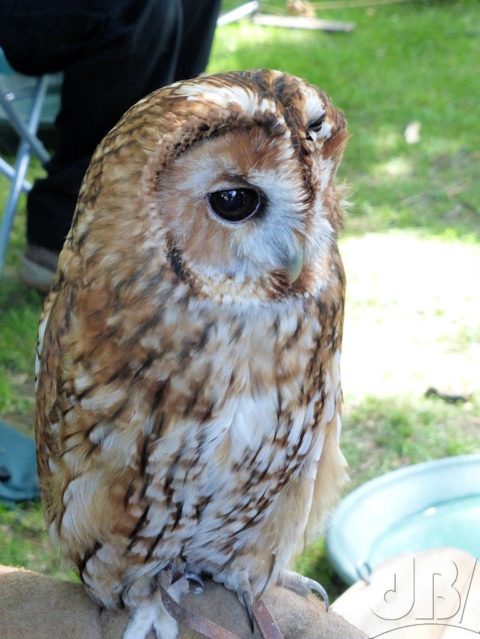
There was a Barn Owl (Tyto Alba), and a Tawny Owl (Strix aluco). The female of this species is the one that calls out to the males “Too-wit” and the male replies “Two-woo”. You can usually then know if there are at least two Tawny owls, a male and a female around. Except, of course, confusingly the females also sometimes make the call back to themselves.
If you walk the places I walk you will have passed noisy reed beds a lot recently. There are many birds that like to breed, nest, eat and play among the reeds. But, many of them are quite shy and don’t often show well.
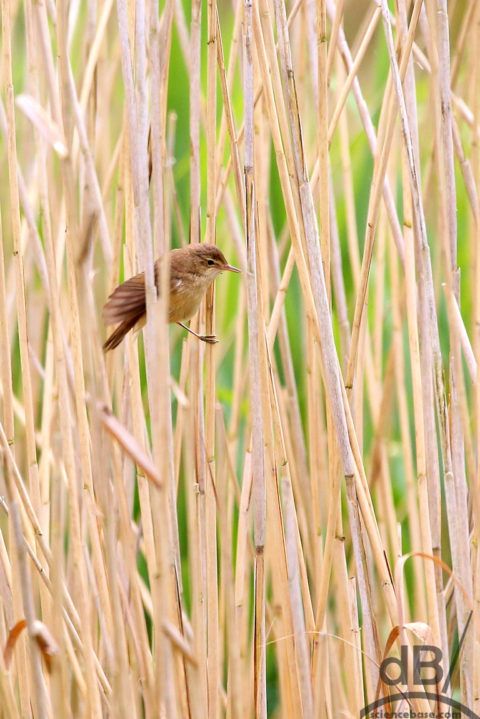
Have a listen to the “song” of the Reed Warbler here:
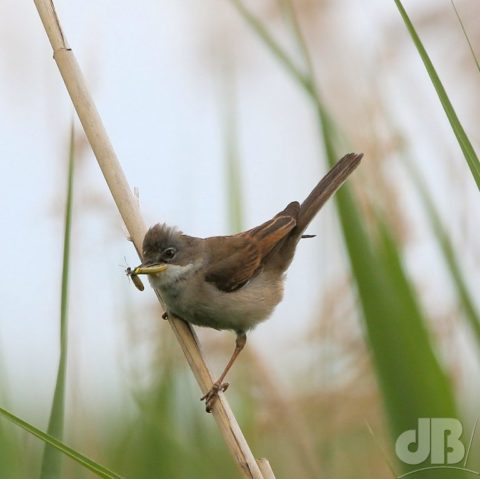
The Whitethroat has quite a raucous call too, not dissimilar to the Reed Warbler, have a listen:
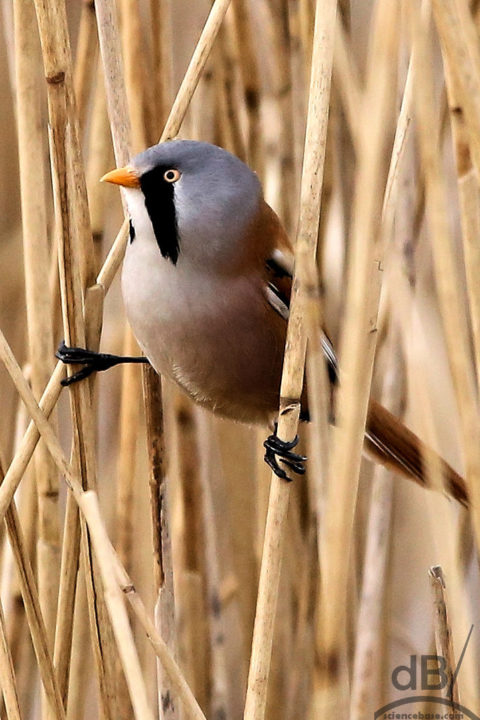
The pinging/pewing call of the Bearded Reedling
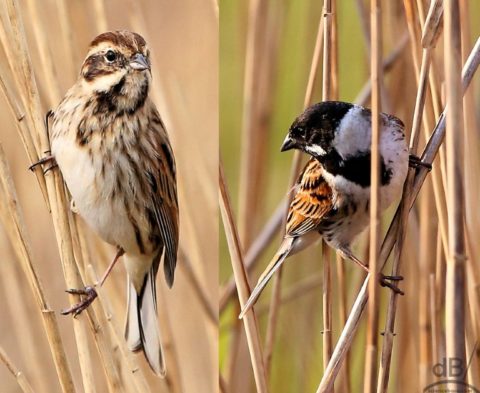
And, here’s how the Reed Bunt sounds:
A famous one though is the Yellowhammer, whose wheezy call is “two slices of bread but not cheeeeese”
The Bittern sounds like someone blowing across a large bottle
The Beardies mentioned above sound like lots of little springs pinging, or to my ear cheap sci-fi laser guns being fired in a playground game, peww, pewww, pewww…
Goldfinch are very chatty and tweety in the treetops and flying over sort of sound like coins jangling in a pocket, as do Redpolls.
Linnets call “linnet linnet” as they fly over.
If it sounds like a Blackbird but repeats itself and is melodic it’s a Song Thrush, if it’s a more aggressive sounding Song Thrush, it’ll be a Mistle Thrush.
Chiff Chaff does what it says on the tin. Metronomic, tweet, twit, tweet, twit…or more to the point chiff chaff chiff chaff…etc
If it sounds like an asymmetric chiff chaff it’s probably a Great Tit.
Long-tailed Tits sound chirpy and busy, often calling tee-teet-tee in little triplets of notes.
Robin is a quiet blackbird playing a trilly woodwind
Blackcap is like an abbreviated smoother sounding but also ad libbing Blackbird
Wrens tick, tick, tick from the hedgerow but sing very loudly and melodically as does the Dunnock but to a different tune. Robin alarm calling is also a sharp tick sound, like a marble being tapped against a ball bearing.
I have mentioned the Eurasian Collared Dove, Streptopelia decaocto, previously on the blog, describing it as an avian continuity error. It’s a sweet bird, familiar for its “coo-cooh-coo” call, which people sometimes (quite bizarrely) mistake for the call of the cuckoo. We hear this species of dove all year round in the UK and have done for decades. But, that has only been the case since around the time of WWII and really mostly since the 1950s, hence the continuity error of period dramas set before that time.
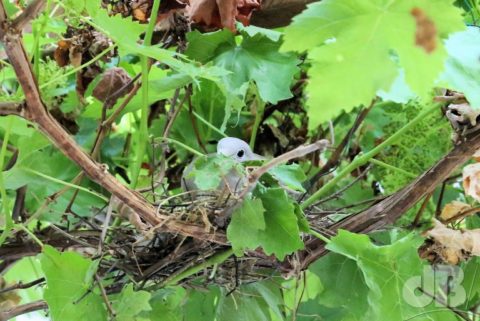
It is a sweet bird, you wouldn’t think she, and all birds, are descended from dinosaurs of the Tyrannosaurus rex type, the theropods. That aside, the Collared Dove finds itself in essentially the same ecological niche and more that were occupied by the migratory, but native, European Turtle Dove, Streptopelia turtur, about which I have also written a few times here.
We have had the collared species nest in at least one of our garden bushes in years past. But, this year, a female has set up nest in the rather precarious creepers of one of our grapevines that grow beneath a lean-to area that abutts our downstairs bedroom. She seems very settled and is ever watchful when I head to the waterbutts that are housed in that area. Occasionally, she will de-nest and take flight, but never goes far, simply lands on the fence a few metres away. Once I’ve got the water I need for the wildflower patch, she’ll dart back in with barely a sound and nestle down. We are trying to avoid using this area of the garden and given that the waterbutts are now empty, I’ll have to get to the tap on the wall behind her nest to access water for the plants…
I hope the eggs she’s incubating hatch and that we see the fledgelings. We’ve had fledged Starlings, Blackbirds, Goldfinches, and Blue Tits in the garden so far this year, possibly Greenfinches too. All of those species will generally have a spring brood, but doves and pigeons can and do have more than a single brood through the season.
One swallow doth not a summer make, but there are dozens to be seen around these parts now; have been for a couple of weeks at least. They’re relatively easy to photograph when they’re perched on a telegraph wire staring you out, but not so much when they’re flying over water hunting and drinking.
Barn Swallows (Hirundo rustica) at RSPB Ouse Washes 18th May 2019.
